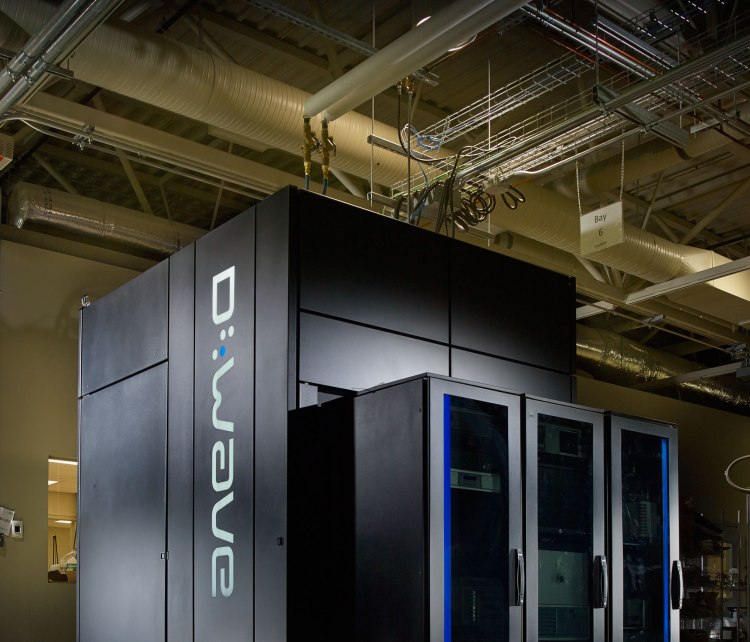Want smarter insights in your inbox? Sign up for our weekly newsletters to get only what matters to enterprise AI, data, and security leaders. Subscribe Now
D-Wave builds computers that achieve quantum characteristics to enable faster crunching for certain applications.
The Canada-based startup has raised more than $28 million in new funding, according to a document filed with the U.S. Securities & Exchange Commission. The funding comes from Goldman Sachs, Draper Fisher Jurvetson (DFJ), and Business Development Bank of Canada.
At the time of the filing, $6.8 million of equity still remained to be sold to complete the offering. If completed, the total round will amount to $35.2 million.
The new funding brings D-Wave’s funding total up to $102.3 million.
In the past year, D-Wave has sold its machines to Lockheed Martin as well as to Google and NASA for use in their joint venture.
But it has also faced questions about whether its expensive D-Wave boxes actually enter a quantum state.
Meanwhile researchers in labs around the world continue to pursue quantum technology. On its website, D-Wave defines quantum computing this way:
Rather than store information as 0s or 1s as conventional computers do, a quantum computer uses qubits – which can be a 1 or a 0 or both at the same time. This “quantum superposition”, along with the quantum effects of entanglement and quantum tunnelling, enable quantum computers to consider and manipulate all combinations of bits simultaneously, making quantum computation powerful and fast.
D-Wave also talks about quantum annealing, which ‘tunes’ qubits “from their superposition state to a classical state to return the set of answers scored to show the best solution.”
With new backing, the technology could become more pervasive.
D-Wave’s previous investors include Alexei Andreev of Harris & Harris group, who explained why he backed a company determined to influence computing in the long term in a blog post on Tuesday. Even Andreev acknowledges that the company has much to do.
“There’s no doubt in my mind that what D-Wave has built is quantum,” Andreev wrote. “The chip demonstrates both local entanglement and tunneling, phenomena that are not available to us in the classical regime. The big question, however, is, does it matter? D-Wave still needs to show that what it has built scales faster relative to problem complexity than a classical computer.”
Indeed, researchers have wondered recently about the performance of the D-Wave machines relative to conventional computers.
“This is not another supercomputer,” D-Wave chief scientist Eric Ladizinsky told VentureBeat in an interview last year. “It’s akin to discovering fire or electricity. The quantum computers use physical phenomenon that seems like magic. The same physical object can live out many possibilities. Here’s an example I use: Imagine you’re at the Library of Congress and surrounded by 50 million books. I put an X in one of those books. Go and find the X. It would be near impossible if you were to look at one book sequentially. You would be acting classically. That is the way that processors work today.”
Read the full interview with Ladizinsky and D-Wave chief executive Vern Brownell here.
D-Wave started in 1999.


